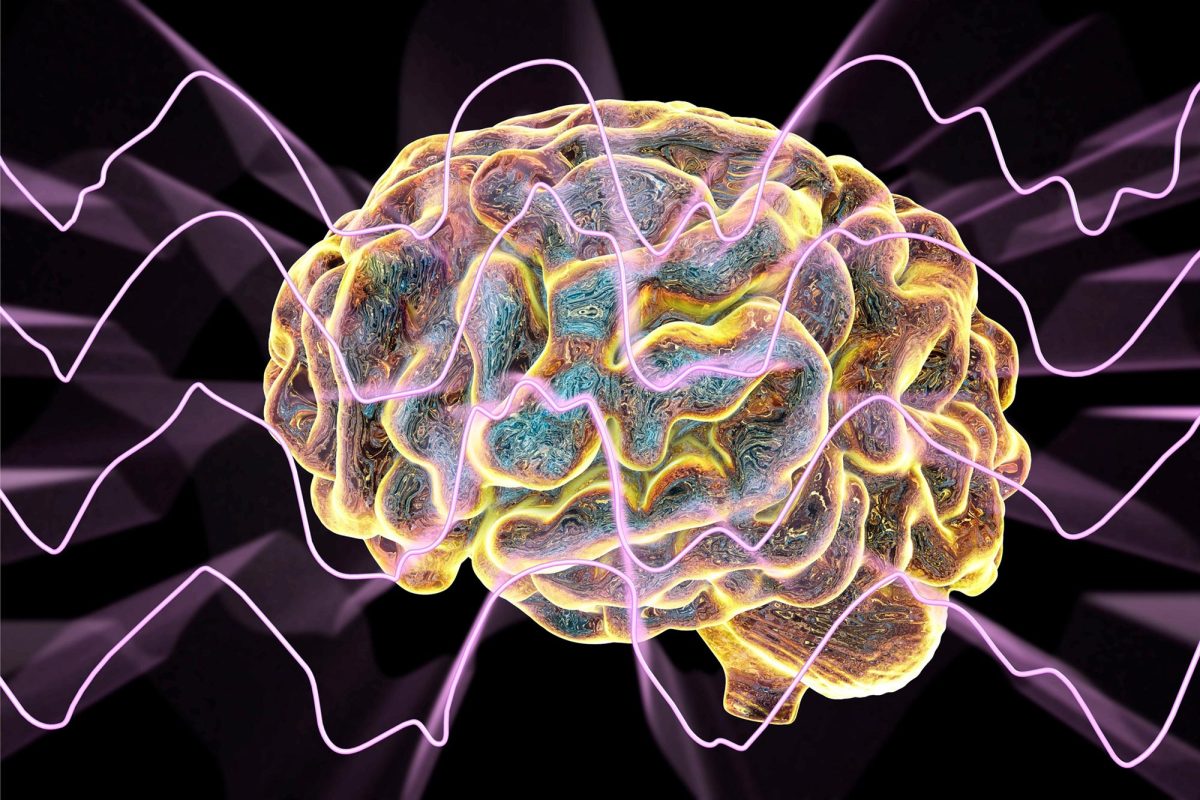According to new research from UCLA, the length of REM sleep is linked to animals’ body temperature, with higher body temperatures associated with lower amounts of REM sleep.
Warm-blooded animal groups with lower body temperatures have more rapid eye movement (REM) sleep, while those with higher body temperatures have lower amounts of REM sleep. This is according to new research from Jerome Siegel, a University of California, Los Angeles (UCLA) professor who said his study suggests that REM sleep acts like a “thermostatically controlled brain heater.”
REM sleep first occurs about 90 minutes after falling asleep. Behind closed eyelids, your eyes dart rapidly from side to side. Mixed frequency brain wave activity becomes closer to that seen in wakefulness. Your breathing becomes faster and irregular, and your heart rate and blood pressure increase to near waking levels. Most of your dreaming occurs during REM sleep, although some can also occur in non-REM sleep. Your arm and leg muscles become temporarily paralyzed, which prevents you from acting out your dreams. As you age, less of your time sleeping is spent in REM sleep.
Siegel says the findings suggest a previously unobserved relationship between body temperature and REM sleep, a period of sleep when the brain is highly active. Published recently in Lancet Neurology, the study was authored by Prof. Siegel, who directs the Center for Sleep Research at the Jane and Terry Semel Institute for Neuroscience and Human Behavior at UCLA.
Birds have the highest body temperature of any warm-blooded, or homeotherm, animal group at 41°C (106°F) while getting the least REM sleep at 0.7 hours per day. That’s followed by humans and other placental mammals (37°C/99°F), 2 hours of REM sleep), marsupials (35°C/95°F, 4.4 hours of REM sleep), and monotremes (31°C/88°F, 7.5 hours of REM sleep).
Brain temperature falls in non-REM sleep and then rises in REM sleep that typically follows. This pattern “allows homeotherm mammals to save energy in non-REM sleep without the brain getting so cold that it is unresponsive to threat,” Siegel said.
The amount of humans’ REM sleep is neither high nor low compared to other homeotherm animals, “undermining some popular views suggesting a role for REM sleep in learning or emotional regulation,” he said.
Reference: “Sleep function: an evolutionary perspective” by Jerome M Siegel, PhD, 1 October 2022, The Lancet Neurology.
DOI: 10.1016/S1474-4422(22)00210-1
Siegel’s research is supported by National Institutes of Health grants (HLB148574 and DA034748) and the Medical Research Service of the Department of Veterans Affairs. He declared no competing interests.
Share your story or advertise with us: Whatsapp: +2347068606071 Email: info@newspotng.com








